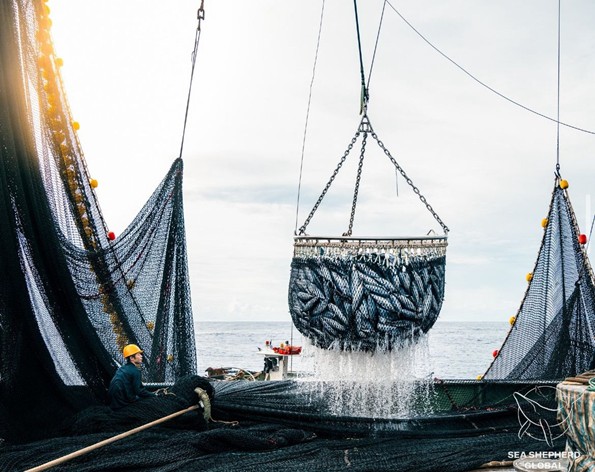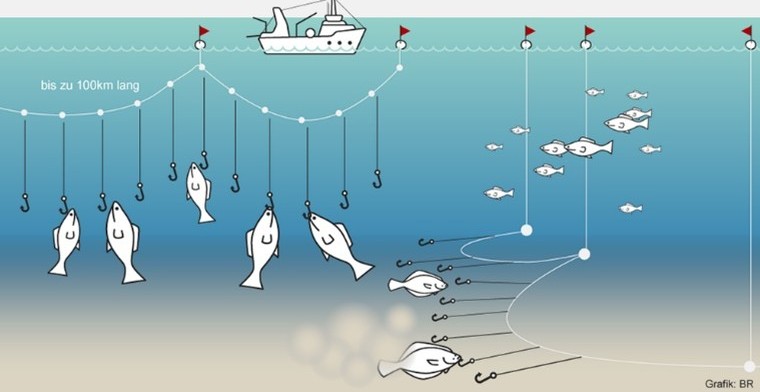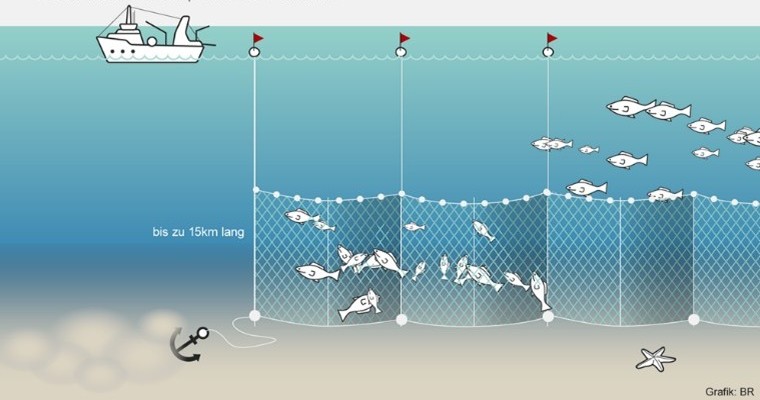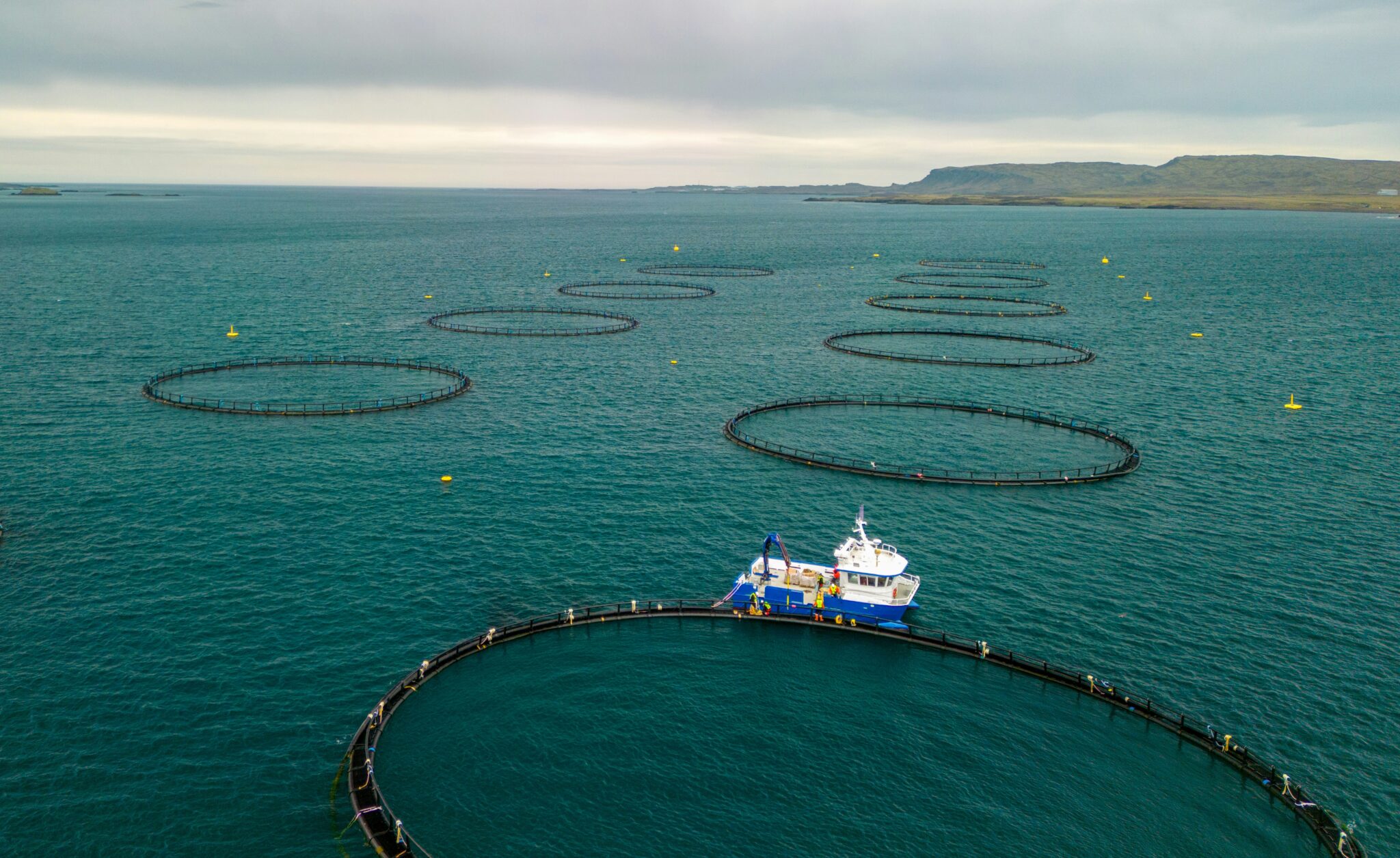How fishing is destroying our planet
Fishing. We all know it. We consume and support it. Everyone comes into contact with the fishing industry in some way. But most people don’t know what lies behind this horrific industry.
The fishing methods themselves, the employees on the ships, the ships themselves, but also the regulations usually have a dark side to them.
I have been dealing with the topic of overfishing for months and will now report on my knowledge and research work on a regular basis. I hope and wish to be able to inform more people about this industry so that we can weaken it or, better yet, revolutionize it.
The sea needs our protection, because without a functioning ecosystem like the sea, we humans can no longer live. Unfortunately, the tipping point is already close, but civilization has not yet fully realized this. Unfortunately, politics has also taken climate protection out of its focus in recent years, due to all the wars and the shift to the right in many countries. But if every single person did something, we could make a big difference!
In today’s blog, I will write about the different fishing methods. There are many more, but I have focused on the following for this blog:
- Trawling
- Longlining
- Gillnetting
- Aquaculture
Trawling is unfortunately very common and, sadly, it is still not banned. The damage caused by this method is immense.. For me personally, bottom trawling is a horrific practice. A huge net, measuring 23,000 square meters, is weighted down so that it “plows” the seabed. This catches not only the desired fish, but also unwanted fish, known as bycatch. Plants are also destroyed. But the worst thing about it all is that plowing releases immense amounts of CO2, which leads to ocean acidification and also to an increase in CO2 in our atmosphere. (By the way, the seabed area that has been destroyed so far is 39 million square kilometers!)
With longlining, you can already imagine what it is from the name. It involves a huge line. Depending on the situation, it either floats on the surface of the sea with buoys or lies on the seabed with weights. The problem with this method, which uses a line almost 100 km long with 20,000 bait hooks, is that marine animals get caught in the line and unwanted fish also bite the bait. In addition, pelagic longline fishing also kills birds that want to eat the bait on the hooks.
As with the last two fishing methods, gillnetting is divided into bottom-set and pelagic gillnets. The nets can be up to 15 km long and, due to their size, can be dangerous for whales. This is because whales cannot detect the nets using their echolocation. They swim into the nets, get caught and injured, and often succumb to their physical injuries. The nets usually remain in the sea for a long period of time, so another cause of death is drowning.
Now let’s move on to aquaculture. This is a very popular method among consumers. In most cases, it is presented in a more favorable light than the fishing methods I have already described. Unfortunately, however, it has no less negative impact on the climate, the ocean, and individual animals.
Aquaculture farms are huge factory farms in the water. They can be located in the sea or on land in huge tanks. The problem with this, as with factory farming of other livestock, is feed and space.
The fish are fed fishmeal. Fishmeal consists of… fish. It takes 2-3 wild fish processed into fishmeal to raise a single fish. Isn’t that crazy?
After the fish have eaten their own kind, it all has to come out again at some point. These feces pollute the oceans and waters, and when you consider that the fish are swimming in their own feces, they’re not really doing well either. On this point, I would like to quote Grant Alistair: “ONE fish farm produces the same amount of waste as all of Scotland’s west coast towns put together, an expert has said.”
A final, often overlooked point when it comes to aquaculture is the suitability of fish species for farming. fair-fish has been looking into this issue for a long time and confirms that, to date, only four fish species are “suitable” for aquaculture. However, many more fish species are being farmed today.
Now you’re probably wondering, Kay, that all sounds so bad, what can I do to stop it? The only solution I can give you is: stop eating fish. For some people this is difficult, for others it’s easy, but if we stop supporting this industry and instead support NGOs that campaign for marine life, we can bring about a lot of change.
So take action and make a change!




